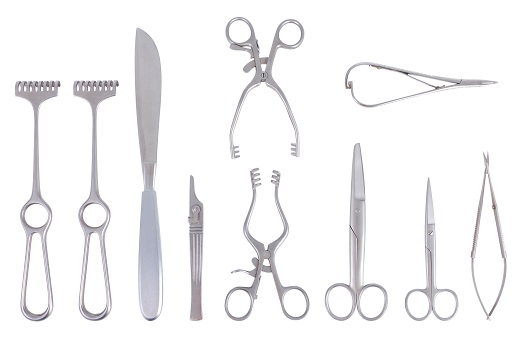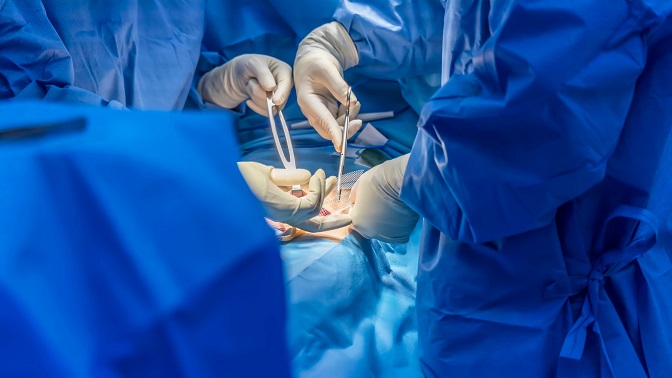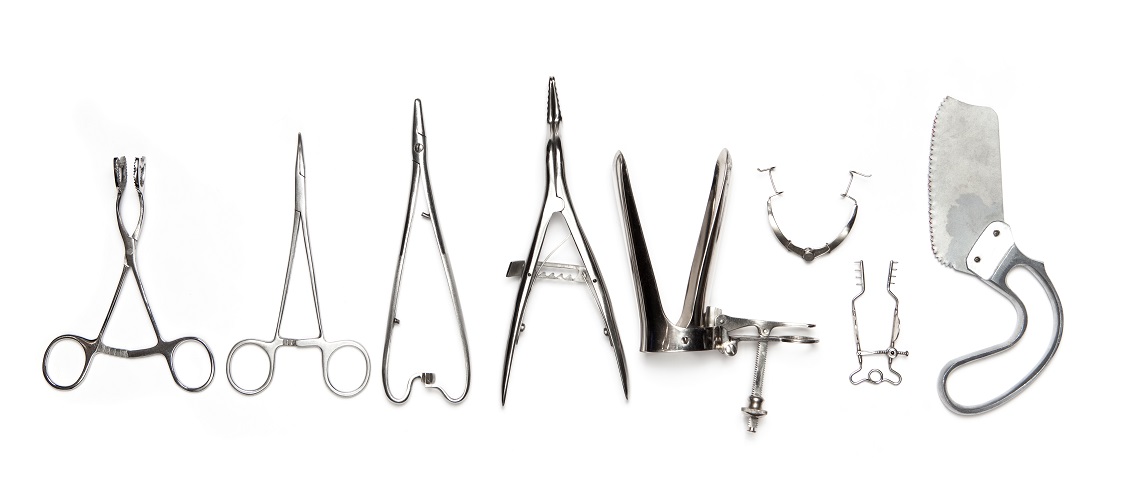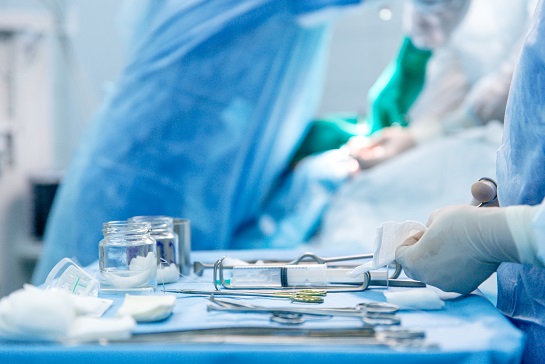Medical instruments play a crucial role in the field of healthcare and medicine. They are essential tools used by healthcare professionals to diagnose, treat, monitor, and manage various medical conditions.
Surface finishing in medical instrument manufacturing plays a crucial role for several reasons:
If you are already familiar with the importance of correctly surface finishing medical instruments scroll down to the benefits of finishing medical instruments by wet blasting.


In summary, surface finishing isn't just about aesthetics; it's about ensuring the functionality, safety, and reliability of medical instruments in their critical role in patient care and healthcare practices.
Wet blasting, also known as vapor blasting or aqua blasting, offers several benefits when used for cleaning and preparing medical instruments, including:

Enhanced uniform surface finish: Wet blasting can achieve a consistent surface finish across the entire instrument, enhancing the instrument's aesthetics and functionality. Our automated range of wet blasting machines, ensures excellent repeatability.
Reduced risk of corrosion: Wet blasting removes corrosion or oxidation from the surface of metal instruments, helping to extend their lifespan and maintain their functionality over time. The inclusion of corrosion inhibitors in the wet blasting process can further help with this.

Thanks to recent advances in additive manufacturing (AM), medical instruments are increasingly manufactured using AM technology. Our wet blasting technology is highly suited to finishing AM components in all sorts of different industries including medical instrument manufacturing. Learn more about the advantages of finishing AM components by wet blasting.
Finishing medical instruments by wet blasting helps produce high quality, aesthetic, long-lasting instruments with a perfect Ra surface roughness for sterilisation. It is also a safe and environmentally friendly process when compared with the other type of blast finishing, dry blasting.